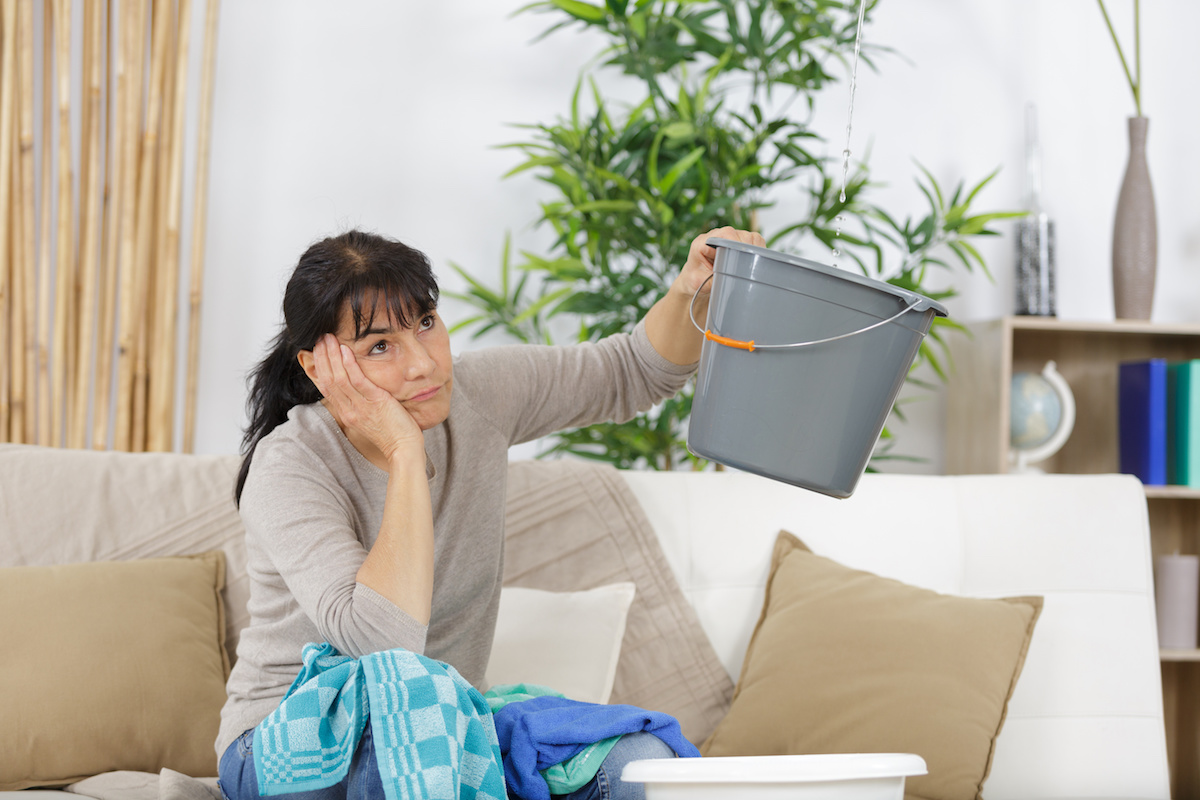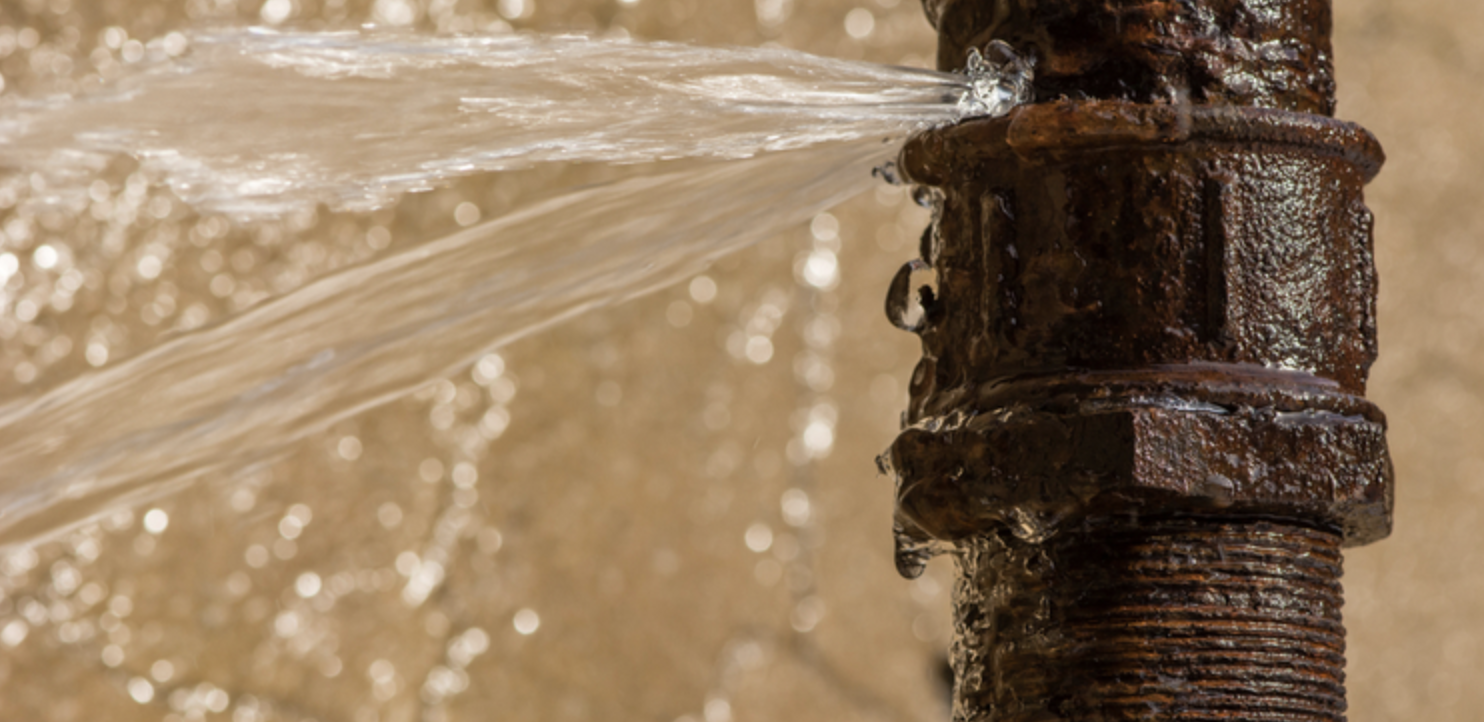Quick-Response Plumbing: Tips for Identifying and Dealing With Ruptured Pipes
Quick-Response Plumbing: Tips for Identifying and Dealing With Ruptured Pipes
Blog Article
The article author is making several good points about How to install a dishwasher safely as a whole in this article followed below.

A burst pipe is a major emergency; you can only stand as you see water you pay dearly to rejoin with the planet. In worse situations, you notice a pool on your kitchen area flooring, which is a fantastic journey hazard, particularly if you have kids around. If the pipeline that ruptured was in your wall surfaces, trouble: you may need to paint that whole section.
Exactly how can a tragedy like a ruptured pipeline be prevented as well as handled? Well, by paying attention to your specialist emergency plumbers and also following these guidelines.
How do I know when my pipes have burst?
Varying water stress
Pipelines do not just burst in a day. You may have observed that your cooking area faucet or shower doesn't run instantly when you transform the tap. It might stop for a few secs and then blast you with more force than typical.
In other circumstances, the water might appear regular in the beginning, after that drop in pressure after a few seconds.
Damp wall surfaces and also water discolorations
Prior to a pipeline bursts, it will leak, most times. If this persistent leaking goes undetected, the leakage may graduate into a wide gouge in your pipe. One simple method to avoid this emergency is to watch out for wet walls ad water stains. These water stains will lead you right to the leakage.
Puddles under pipelines as well as sinks
When a pipe bursts, the discharge creates a puddle. It may appear that the pool is expanding in size, and regardless of how many times you mop the puddle, in a couple of mins, there's an additional one waiting to be cleansed. Commonly, you might not be able to trace the puddle to any noticeable pipelines. This is an indicator to call an expert plumber.
Untraceable leaking noises
Pipe ruptureds can take place in one of the most undesirable locations, like within concrete, inside walls, or under sinks. When your house goes quiet, you might be able to listen to an irritatingly persistent leaking noise. Also after you have actually examined your shower head and also kitchen area faucet, the leaking may proceed.
Dear visitor, the dripping may be originating from a pipe inside your walls. There isn't much you can do concerning that, other than tell a specialist plumber.
Turn off the Water
When water freezes, it increases in quantity by regarding 9 percent. And it increases with incredible force: The stress inside pipelines may go from 40 extra pounds per square inch to 40,000 psi! No pipe can hold that much stress, so it bursts. The break may take place where the ice types, however more often, it happens where water pressure locates a weak spot in the pipeline. That might be inches and even feet from the icy area. Locate the water shutoff valve as well as switch off the water to stop even more damage. You might likewise need to shut down the electrical power as well, relying on where the leaks happens and just how big it is.
Infected water
Lots of people think a ruptured pipeline is a one-way outlet. Quite the contrary. As water drains of the hole or gash in your plumbing system, impurities find their method.
Your water may be polluted from the source, so if you can, inspect if your water tank has any type of troubles. However, if your drinking water is provided and cleansed by the local government, you should call your plumber right away if you see or scent anything amusing in your water.
What do I do when I find a burst pipeline?
Your water meter will certainly remain to run even while your water wastes. To lessen your losses, locate the main controls and also turn the supply off. The water mains are an above-ground framework at the edge of your residential property.
How to Fix & Detect a Leaking Pipe
How Do I Know if a Pipe is Leaking?
Leak detection tests can help you determine if your pipe has a leak. Even if you don’t see an apparent leak, you should still conduct leak detection tests regularly to save water and money—and prevent major damage to your home.
Water meter. It can be helpful to figure out what your usual water meter usage numbers are and then monitor them regularly. To monitor your meter, first, turn off all water faucets in your home. Check the meter and write down the numbers. In a few hours, check the meter again. If the numbers have changed, you have a leak. Water gauge. Use a water gauge to test your water pressure. Your showerhead should produce a certain amount of water pressure based on its model and design. If the pressure is lower than it is supposed to be for that specific showerhead, your home likely has a leak. Puddles. Look inside your bathroom, laundry, and kitchen sink cabinets. Puddles around the cabinets or around toilets, tubs, showers, and washing machines indicate the presence of a leaking pipe. You may also notice loose tiles, peeling or flaking paint, or mold caused by water accumulation. Napkin test. Even if you don’t see any puddles, you may still have a leak. You can test for water leaks in the bathroom, laundry, and kitchen by wiping below-sink connections with a napkin, paper towel, or piece of toilet paper. If it becomes damp, you probably have a leaking pipe under the sink. Discolored walls. Walls that are discolored—usually with brown or yellow stains—or bulging might mean that they have been impacted by water damage caused by a leaking pipe. Smell. A leaky pipe will create sitting water, and over time, that water may develop a musty smell. If your home smells musty, but you can’t locate the source, it may be due to a leak. Steps for Fixing a Leaking Pipe
A leaky drain can be remedied by tightening the pipe base, replacing the drain seal, caulking the rim, and tightening the pipe nut. Similarly, a leaking toilet pipe can be treated by tightening the packing nut. You may also need to replace the valve. A leaky faucet may just need tightening or replacement of the washers. If that doesn’t work, consider replacing your faucet. If your pipe has a hole in it, you may want to use a pipe leak sealer or pipe leak tape. This quick fix for water pipe leaks can also temporarily fix a copper pipe leak. https://www.ahs.com/home-matters/quick-tips/how-to-tell-if-pipes-are-leaking/

I came across that page on What to Know Before Installing a Dishwasher when looking around the web. Sharing is caring. Helping others is fun. We recognize the value of reading our article about What to Know Before Installing a Dishwasher.
Go Deal
Report this page